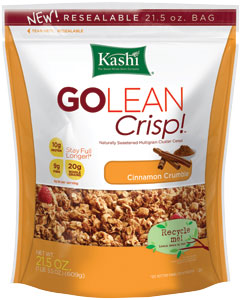The plant, installed by Extrupet, is the first on the continent to use a Coca-Cola approved technology for carbonated soft drink bottles thus enabling the closure of the loop in the biggest sector in the beverage market.
The 3000m² PhoenixPET plant, equipped with Starlinger technology, will supply an additional 14 000 tonnes of PET resin per year to the PET packaging industry. It will eventually divert an additional 22 000 tonnes of post-consumer PET bottles from landfills each year, reducing resource consumption, creating jobs and assisting industry in meeting its target of a 50% recycling rate for 2015.
Cheri Scholtz, PETCO CEO lauds the milestone for the PET industry and says, “PETCO and its shareholders are proud to congratulate Extrupet on the opening of the new plant. We believe it will benefit the local value chain and will ensure the long term viability of post-consumer PET recycling in South Africa.”
Wadhwani attributes the project’s success to their loyal customers, their shareholders continued commitment as well as the long standing relationship with PETCO and says that the facility has the capability to provide a level of quality assurance to meet the growing local and regional demand in the bottle and thermoforming industry for environmentally-friendly and sustainable packaging.“PhoenixPET is to be viewed as a bench-mark for other recycled polymers as well as packaging mediums aspiring to attain a cradle-to-cradle solution for sustainable packaging.”
The chairperson of PETCO and Franchise technical director of Coca-Cola Southern Africa, Casper Durandt concurs, “We are extremely excited about the fact that South Africa will be the first country on the continent to use PET for Coca-Cola products. We have made every effort to ensure that we maintain the highest quality standards. We thank our partners in PETCO, who represent the full value chain: virgin resin manufacturing, converters, bottlers, brand owners and the retail sector, for ten years of sustained support that has brought us this far. We also thank Extrupet for a great partnership.”
With the Bottle-2-Bottle expansions, it is estimated that an additional 15 000 income opportunities will be created for the informal sector collecting additional material to supply the plant. This supports the green job creation goals entrenched in the National Waste Management Strategy and the Department of Science and Technology’s National Waste Research, Development and Innovation Roadmap.
For more information about the Bottle-2-Bottle initiative, phone Chandru Wadhwani at Extrupet on +27 11 865-8360.



